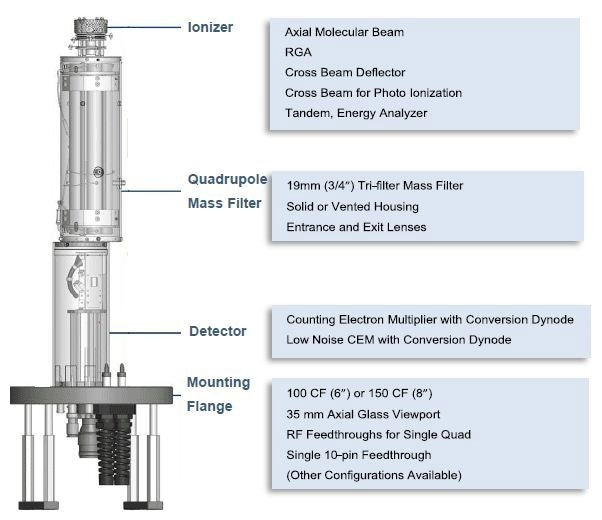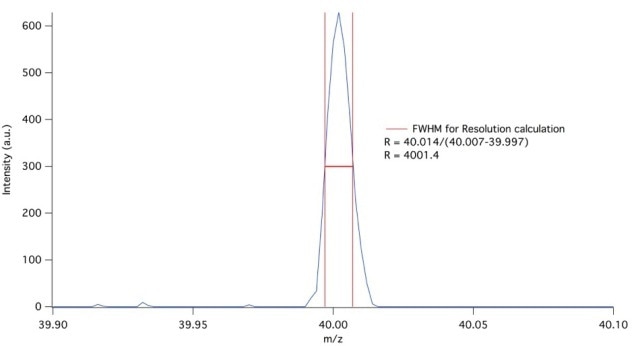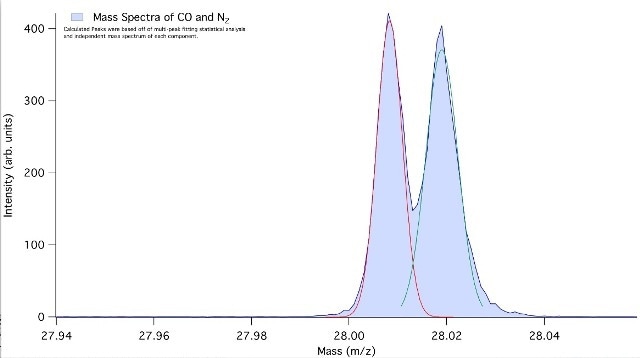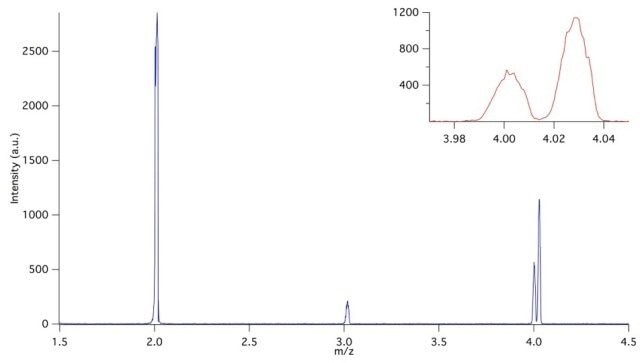High-resolving power at low masses is required in several critical applications in the industrial and academic sectors. These include the determination of hydrogen isotopes in the presence of helium such as 4He /D2 as well as CO in the presence of nitrogen (N2). Only 0.0033 amu is the mass difference between D2 and 4He.

Figure 1. MAX-50 Probe
Quadrupole Mass Spectrometers
Many quadrupole mass spectrometer instruments that are commercially available in the market are not capable of resolving such closely isolated masses. Process Insights has over five decades of expertise in quadrupole development and sophisticated manufacturing methods, and they are capable of showing routine, high resolution, high stability performance with the advanced MAX-50 quadrupole mass spectrometer, a 19 mm tri-filter mass filter equipped with 2.9 MHz RF electronics (Figure 1).
The MAX-50 can independently deal with a wide range of UHV applications like geochronology, TPD, and high resolution SIMS. When integrated with Process Insights’ application matched VeraSpec HRQ gas analysis systems, the measurement field is expanded to cover a broad range of gas analysis applications up to atmospheric pressure. The high-resolution MAX-50 is part of the MAX-QMS Series of quadrupole instruments.
Figure 2 shows spectra that were determined using the traditional MAX-50 production instruments containing 2.9 MHz electronics, 19 mm tri-filter mass filter, negative/positive ion pulse counting multiplier with conversion dynode, and axial electron impact ionizer with dual thoriated iridium filaments.
High Resolution Power at Low Masses
Analysis of Carbon, Nitrogen, Oxygen, Argon, and Sulfur isotopes are areas of interest in geochemistry. Figure 2 depicts the usual resolution performance determined at m/z=40 and shows the top end resolution. Systems developed by Process Insights have a resolution of at least 3000 FWHM at 40 m/z. With careful tuning, users are able to push these limits.

Figure 2. Argon mass 40 showing a resolution of 4001 = M/ΔM
The resolution performance for low masses is shown in Figure 3. The measurements were carried out in a UHV chamber, where a mixture of 10 ppm deuterium and 10 ppm UHP helium diluted in UHP argon was spiked to a pressure of 5 x 106 Torr and shows excellent properties like baseline separation and peak shape.

Figure 3. Separation of helium at 4.002 amu and D2 at 4.028 amu.
In high-resolution experiments, peak stability is debatably as significant as anything else. When analytes are separated, just a few thousandths of an amu apart, it is necessary to get an accurate reading of the mass position. N2 (MW=28.019) and CO (MW=28.008) are one of the toughest pairs of compounds to examine at the same time. However, Process Insights’ MAX-50 quadrupole instrument can separate and differentiate both peaks to over a 30% valley (Figure 4).

Figure 4. Separation of CO and N2 at mass 28. Can easily distinguish the two overlapping components only 0.011 amu.
High-resolution QMS quadrupole systems from Process Insights are also utilized in isotopic analysis. In addition to splitting D2 and He, hydrogen isotopes are also studied at nuclear research facilities. Figure 5 shows peaks of diatomic hydrogen and 4He, 3He, and D2.

Figure 5. Isotope analysis of H, H2, 3He and 4He. Inset shows baseline separation of helium and deuterium at mass 4.
Conclusion
Process Insights provides exceptional capabilities for high-resolution, low mass analysis, abundance-sensitivity characteristics, and unique resolution and transmission, which are not seen in any other commercially available quadrupole mass spectrometers. Process Insights’ MAX-50 instrument can be utilized as a probe based MS system, a turnkey standalone VeraSpec HRQ system, or can be integrated into any current VeraSpec system.

This information has been sourced, reviewed and adapted from materials provided by Process Insights - Mass Spectrometry.
For more information on this source, please visit Process Insights – Mass Spectrometers.